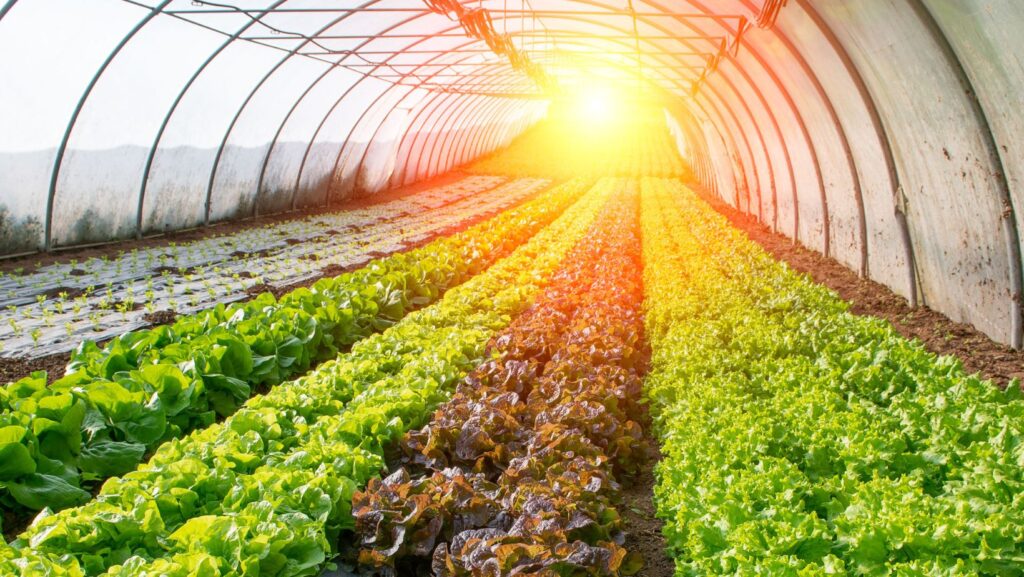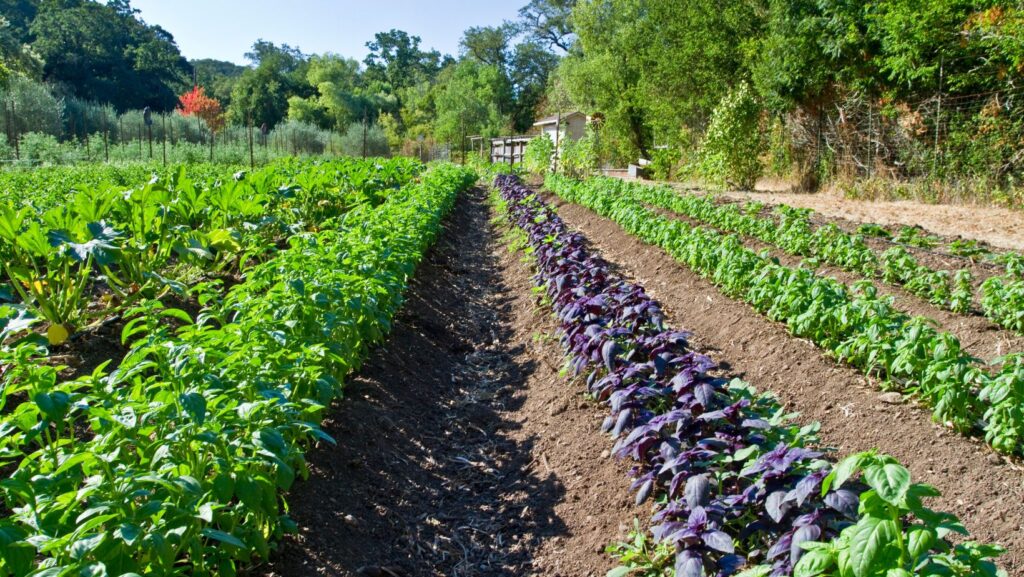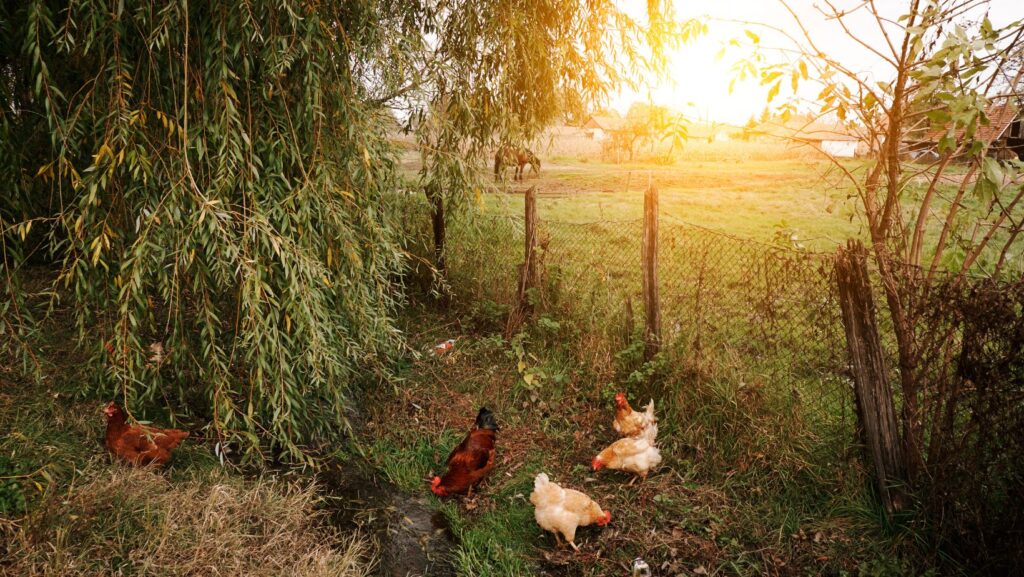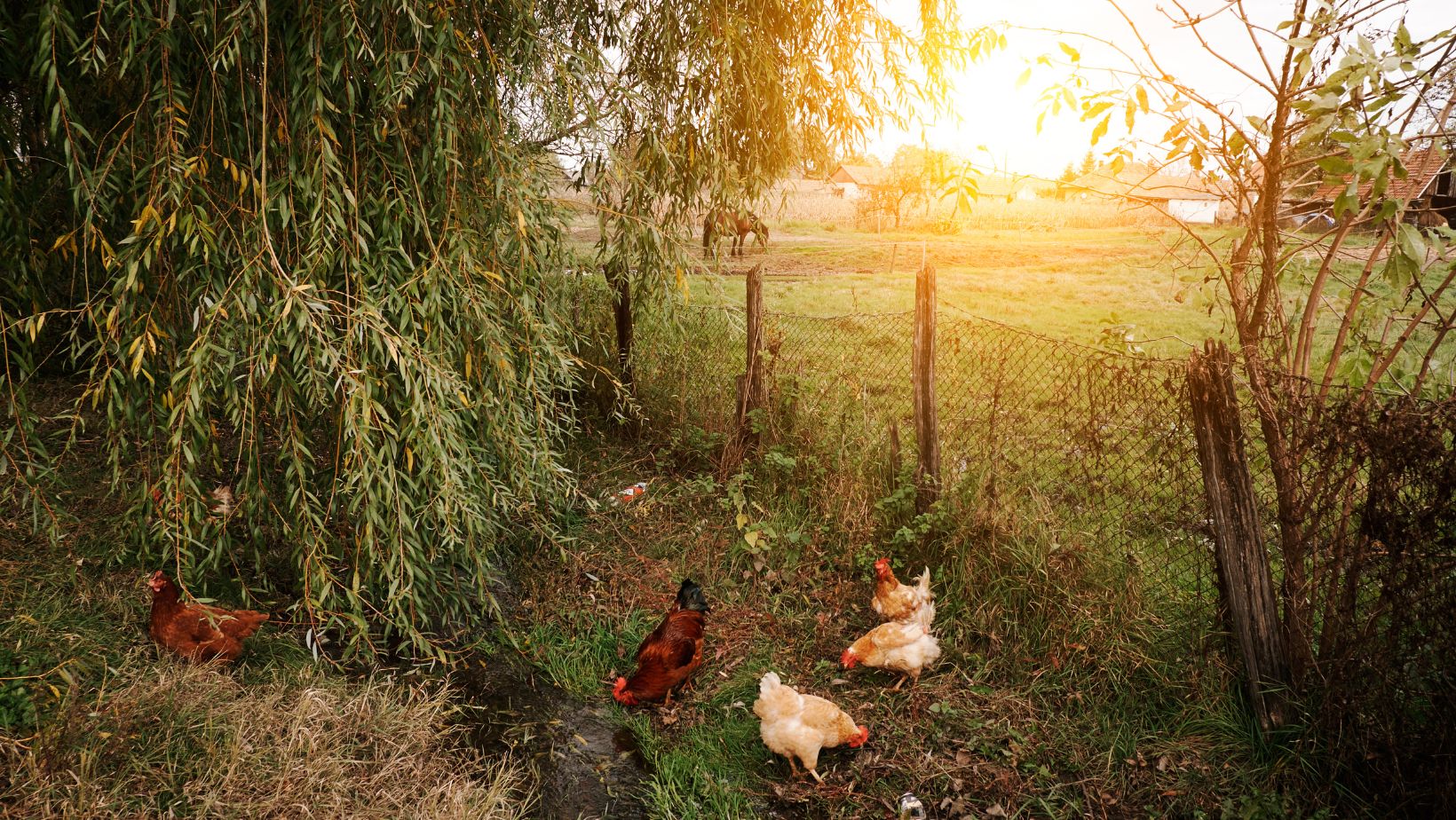
Background
Consumers are spending more on organic food than ever, with sales of USDA-certified organic products growing steadily over the last decade, increasing around 8 percent annually. The overall number of certified organic farms grew at a commensurate rate between 2019 and 2021, increasing by 5% to a total of 17,445 nationwide. Certified organic production uses sustainable practices prioritizing biodiversity and soil health. At the same time, certification allows producers to charge a fair price to meet the rising consumer demand for environmentally friendly products.
To be officially certified as organic, products must be grown and processed according to federal guidelines that address soil quality, animal-raising practices, pest control, additives, and more. Produce must be grown on soil with no prohibited substances, including most synthetic fertilizers and pesticides, applied for three years before harvest; for organic livestock, animals must be fed all-organic feed, not administered antibiotics or hormones, and raised in natural living conditions.
However, certified organic producers face pressure on production’s supply and demand side. Becoming certified organic is often expensive, takes several years to achieve, and requires higher labor costs than conventional farming. Should producers allow their organic certification to lapse, or if enough producers stop pursuing organic certification altogether, local and regional organic markets would see an enormous impact.
Financial Size of Organic Markets
According to the 2021 Organic Survey by the National Agricultural Statistics Service, nationwide sales of organic food products generated more than $11.2 billion in farmgate sales, a 13% increase from 2019. Marketing practices in the certified organic sector showed that $2.02 billion in organic products were sold directly to retail markets, institutions, or local and regional food hubs.
In the most recent survey, South Carolina featured 40 certified organic production operations that generated $34 million in sales. North Carolina featured 335 certified organic operations that sold $308 million worth of products, placing North Carolina in the top ten U.S. states for overall certified organic sales.
The largest sector of organic markets continues to be livestock and poultry products, such as milk and eggs, comprising $2.86 billion of total 2021 organic sales. This is followed by fruits, tree nuts, and berries at $2.2 billion and livestock and poultry such as broiler chickens and cattle at $2.1 billion. Vegetables, particularly lettuce and spinach, followed at $1.91 billion and field crops at $1.49 billion.
The ability to charge a premium for certified organic products is a large driver in this growth. For instance, per the latest Weekly Retail Organic Price Comparison from the U.S. Department of Agriculture (USDA), organic strawberries cost $4.37 per pound, while inorganic strawberries cost $3.27. Similarly, organic tomatoes cost $2.80 per pound, while inorganic tomatoes cost $1.61 per pound. These increased prices are directly related to the increased labor required to meet the standards required for organic certification.
The price premium for organic crops range anywhere from seven percent above the conventional price for spinach to as much as 82 percent for organic eggs. On average, farmers can expect to see a median price premium of 32 percent for their organic crops, though this number often fluctuates higher and lower due to market demands.

Barriers
Despite the continual growth in organic sales in the Carolinas and nationwide, barriers to earning and maintaining organic certification continue to exist for producers.
To formally apply for organic certification, producers must pay certification and inspection fees that average approximately $2,813, an increase of more than 85% from 2012, when the national average was only $1,500. In addition, producers are required to keep meticulous records and documentation to verify organic integrity, increasing labor and time costs.
Potential farmland must also be set aside for buffer zones between organic production and non-organic land, excluding potentially profitable land from production for an extended period of time. Other factors affecting organic agriculture’s profitability include the potential for lost productivity during the transition period and the issue of producers not being able to charge an organic premium during the transition.
The 2022 National Organic Research Agenda (NORA), which surveyed more than 1,100 certified organic farmers nationwide, highlights that certification costs and burdensome recordkeeping requirements posed challenges for one-quarter to one-third of all survey respondents.
Organic Market Price Discovery
The price discovery process in local and regional organic markets remains elusive and incomplete and complicates the planning and financial research required for producers exploring organic farming.
For example, the terminal markets in Columbia, S.C., and Atlanta, G.A. currently only publish organic market reports for bananas and ginger. Most organic purchasers typically seek specific products from specific buyers, resulting in little to no reporting for organic wholesale prices. Terminal markets often purchase turndown items from commercial grocery stores and other retail outlets at a massively discounted price for attempted resale.
Discussions with the National Agricultural Statistics Service (NASS) and Agricultural Marketing Service staff outlined that terminal markets typically only publish price reports on products that arrive at the market, offering little information for prospective organic producers on profit projection.

Support for Existing Programs
With increasing constraints caused by inflation, supply chain disruptions, and increased input costs, the pressure on all producers continues to be severe. Combined with the added costs of becoming and remaining certified organic, it is critical that state and federal organic support programs remain funded and viable.
Multiple resources exist at the state and federal levels to provide organic operations support and funding. These include:
- Organic Certification Cost Share Program (OCCSP) provides cost-share assistance to producers and handlers obtaining or renewing their certification under the National Organic Program.
- Conservation Reserve Program (CRP) funds agricultural producers to establish non-farmed land for conservation benefits and buffer zones.
- Conservation Stewardship Program (CSP) offers payments to farms for actively managing, maintaining, and expanding conservation activities like cover crops, rotational grazing, non-synthetic pest management, and the transition to organic farming.
- Environmental Quality Incentives Program (EQIP) offers targeted financial assistance through specific conservation initiatives, including organic initiatives, high tunnel initiatives, and more.
Despite organic products representing six percent of U.S. food system sales, total USDA investment in organic infrastructure and support remains below two percent of the agency’s annual research budget. For instance, annual funding for intramural USDA organic research through the Agricultural Research Service reached a high of $18 million in 2006 before declining to around $12 million from 2014 to the present. SARE, the USDA’s Sustainable Agriculture Research and Education program, saw its organic research funding drop from $5 million in 2010 to $2.5 million in 2019.
These programs, along with research and support programs at state and regional universities, provide critical financial support to bolster certified organic operations and offset associated costs.
Summary
Organic sales in the Carolinas and throughout the United States continue to be driven by increasing consumer demand despite farm and livestock operations’ obstacles to organic production. This growing sector results in a substantial economic impact, but policy solutions are needed to protect this growing sector.
These solutions include increasing funding levels for the organic cost-share program and USDA’s conservation incentive programs and allowing more organic and transitional costs incurred during certification to be reimbursed. Reform is also needed in the recordkeeping process to simplify recordkeeping requirements and data entry to reduce the burden on prospective and established organic producers.
A downloadable version of this document is available here.
This whitepaper was supported through the United States Department of Agriculture (USDA) Transition to Organic Partnership Program (TOPP). TOPP is a program of the USDA Organic Transition Initiative and is administered by the USDA Agricultural Marketing Service (AMS) National Organic Program (NOP).
About the Author
Matt Kneece is CFSA’s policy director, which oversees CFSA’s advocating for state and federal policies that better support local food, organic farming, and resilient regional food systems. He works closely with CFSA members and allies to educate policymakers on issues of importance to the local, organic farming communities and spearhead grassroots communications in support of specific policy needs.
A native of South Carolina, Matt combines a background in governmental affairs and public policy with a passion for sustainable agriculture to serve as CFSA’s policy director.
Read more about Matt in his staff Q&A!



